Nvidia & OpenAI Commoditize Each Other
Nvidia is commoditizing their complements by using their GPUs as leverage, and OpenAI responds by leveraging their dominant userbase.
We are nearly 3 years into the AI boom, which was sparked by OpenAI releasing ChatGPT in November 2022.
Since then, an incredible amount of money has gone into AI, and Nvidia has unquestionably captured most of the profits. Since ChatGPT’s release, Nvidia’s quarterly net income has increased from $680 million to $26.4 billion, a 4,200% increase over just 3 years.
They pulled this off by having the best GPUs that operate with the best power efficiency. You could try building on AMD’s GPUs, or with Huawei, but by the time your engineers understand the platform, Nvidia has already leapfrogged you with a faster chip. So why not build on Nvidia and stay at the forefront?
And Nvidia is ensuring that no cloud provider has leverage over them. Coatue shared how Amazon has 44% cloud market share, yet only 20% of Nvidia’s GPUs. But that’s not all.
Also notice how Nvidia brought two new players into the cloud market: Oracle and CoreWeave. Collectively they have just 7% cloud share, yet have 30% of Nvidia’s GPUs.
Nvidia is both commoditizing the cloud providers by bringing in more competitors, while discriminating against companies who compete with their hardware. Google & AWS are both building competing chips (TPUs & Trainium), so Nvidia has sold them fewer GPUs than Microsoft. Nvidia would happily sell more to Google & AWS if they stopped building those chips.
Nvidia Commoditizing Their Complements
But Nvidia doesn’t just want cloud providers commoditized, Joel Spolsky famously wrote:
Smart companies try to commoditize their products’ complements.
If you can do this, demand for your product will increase and you will be able to charge more and make more.
And sure enough, Nvidia is following this approach with large language models, announcing partnerships with xAI and Meta. Since Anthropic is tied with Amazon, and Google is vertically integrated with Gemini, who should they partner with next?
How about OpenAI? Nvidia announced that partnership on September 22nd. OpenAI will build and deploy at least 10 gigawatts of AI data centers using Nvidia’s GPUs. Nvidia would also invest up to $100 billion in OpenAI in stages, with funds deployed as each gigawatt of compute capacity is installed.
And with that deal, Nvidia’s LLM partnerships are looking more like their partnerships with cloud providers.
OpenAI’s Response: Commoditize Nvidia
$100 billion is a lot of money for OpenAI, as they have only raised $58 billion since being founded in 2015. But while Nvidia may have the cash and GPUs, OpenAI has over a billion users, giving them dominant market share over consumer AI competitors like Meta and xAI.
In other words, that chart is more like Nvidia’s aspiration, hoping that their partners xAI and Meta catch up. The current chart looks more like this.
So what if OpenAI leveraged their userbase and brought in Nvidia’s most immediate alternative, AMD?
Doing so could turn the value chain around, assuming AMD is deployed and is successful.
Sure enough, OpenAI announced a 6 gigawatt deal with AMD GPUs two weeks after the Nvidia deal.
The funding for this is wild, and shows how much leverage OpenAI has thanks to their userbase, and deal with Nvidia.
In exchange for buying AMD’s GPUs, OpenAI gets warrants for 10% of AMD at $0.01 per share. Since AMD is worth $343 billion, OpenAI was essentially given $34 billion of AMD stock (10%) for doing this deal.
Clearly AMD needed this partnership so they could compete with Nvidia, and they made out well, as their market cap has increased $76 billion since announcing this partnership. In other words, AMD made a 2x return on the equity they gave OpenAI in just 2 days.
We’re still in the early innings of this battle for AI profits. Deployment for both the Nvidia & AMD projects won’t even start until the second half of 2026.
And you can imagine how Nvidia feels after this announcement. Is Jensen Huang happy that his $100 billion OpenAI investment has technically made him an AMD shareholder?
So the question is how Nvidia will respond. Ultimately, these two companies are fighting for billions in future AI profits. Who has the leverage will depend on Nvidia maintaining their GPU dominance, and OpenAI maintaining their dominant userbase.




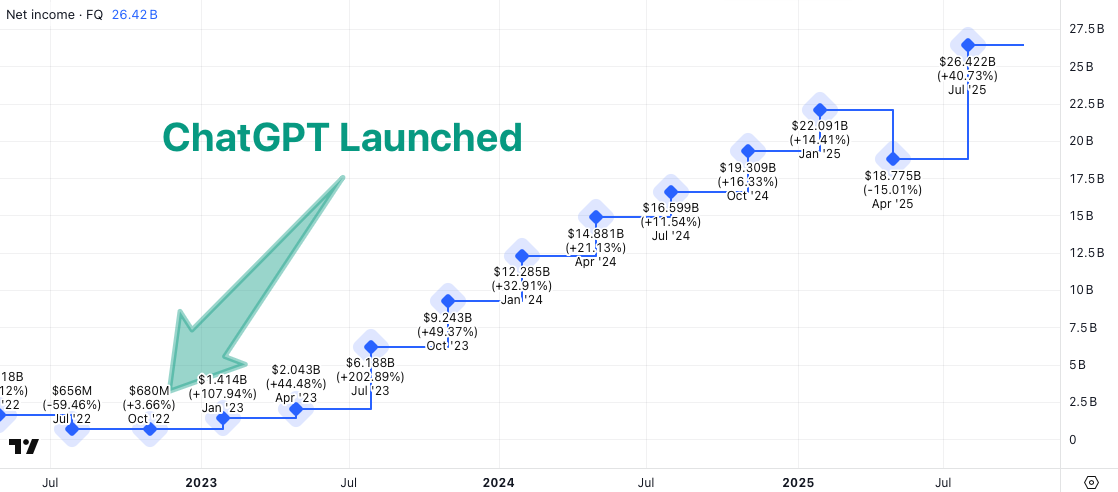
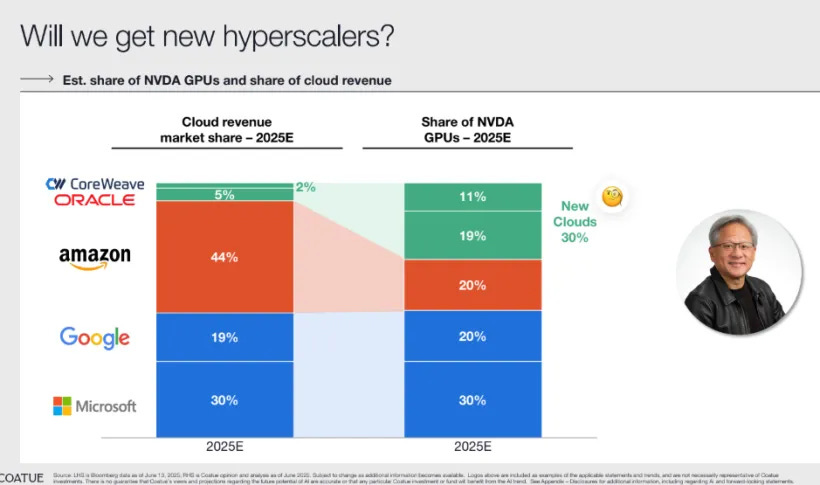
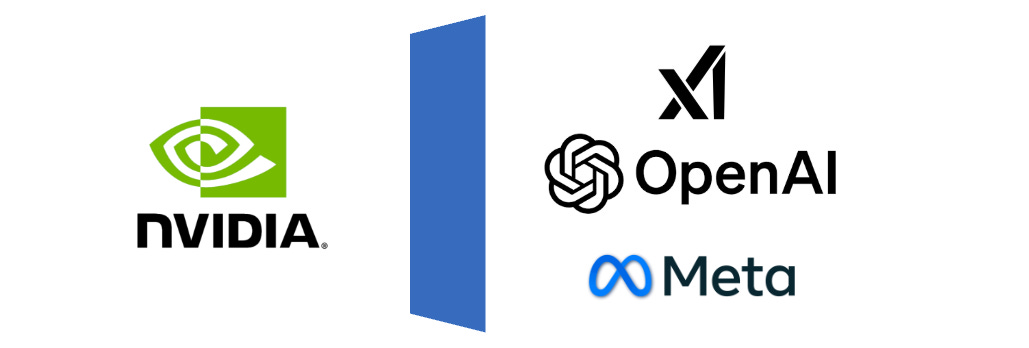
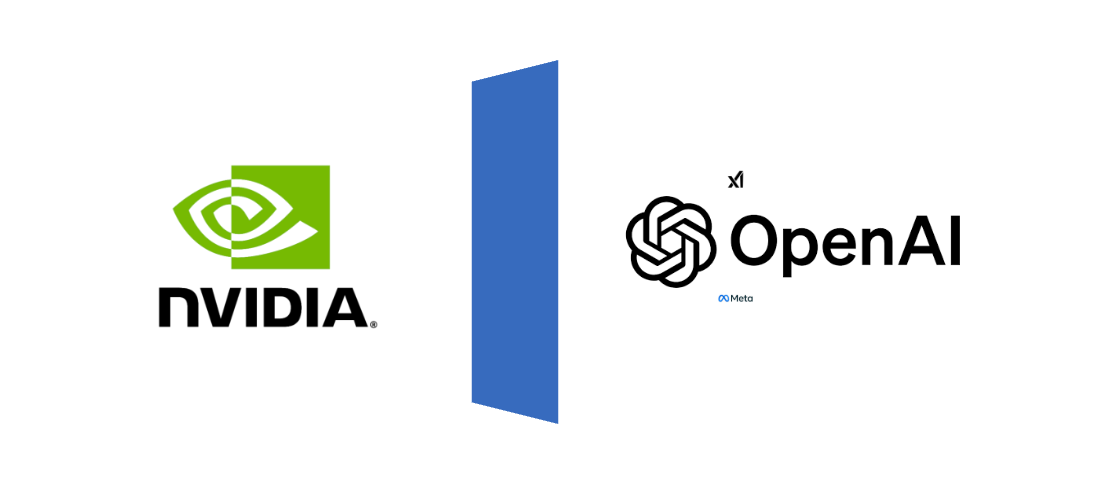
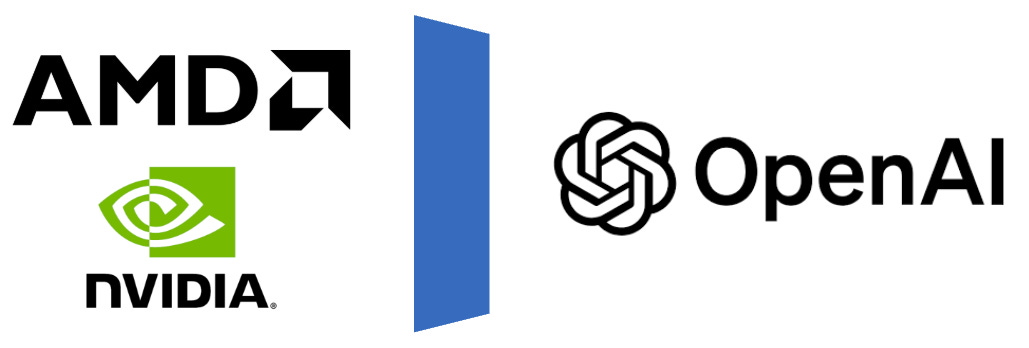
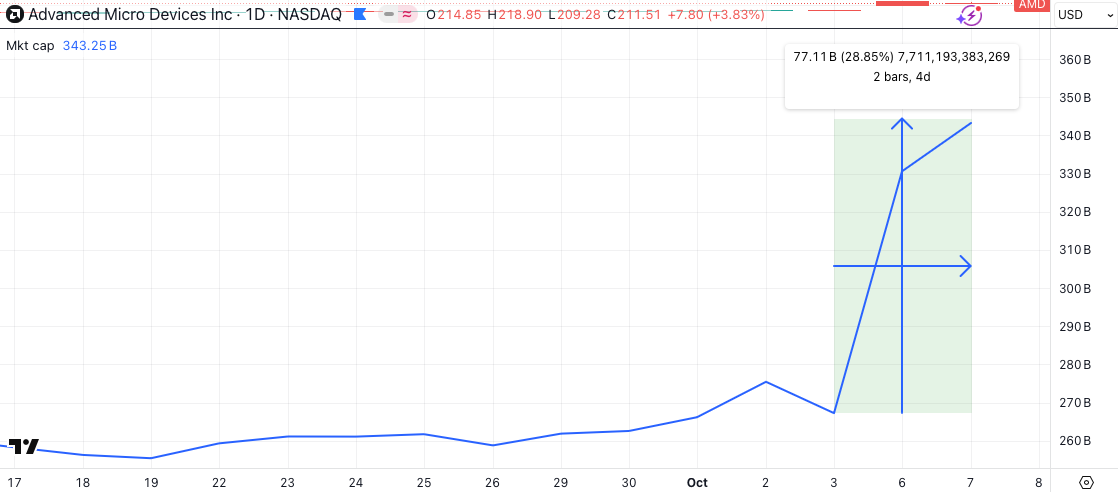
Wow, I had no idea Oracle had as many GPUs as AWS.
thanks for sharing. i enjoyed reading your newsletter. keep up the good work :)